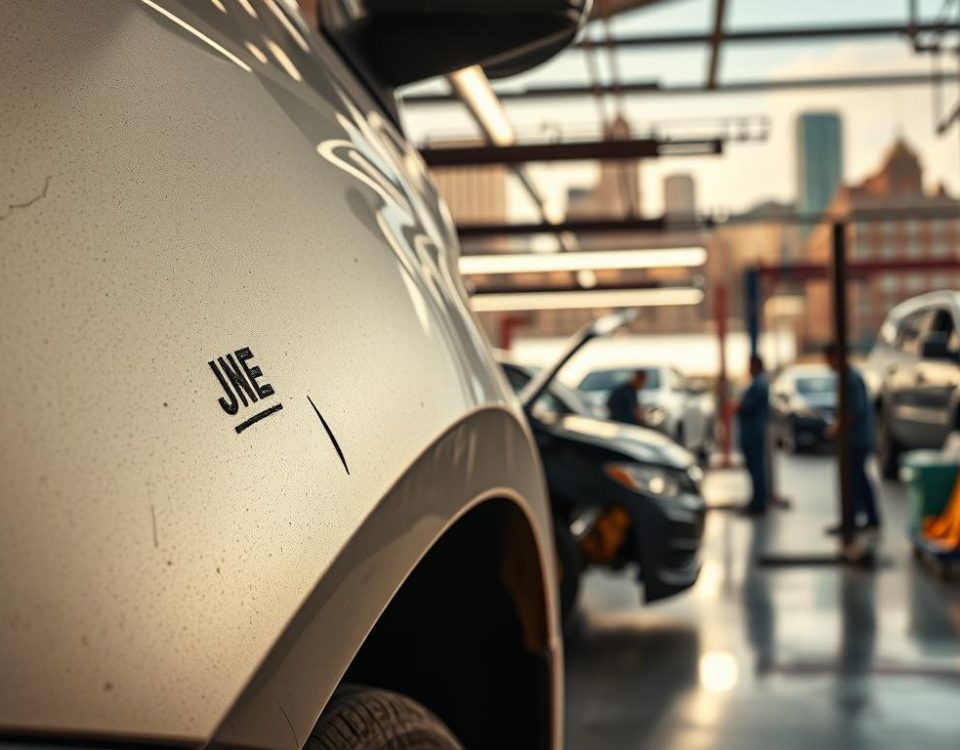Things To Consider When Repainting Your Car
Common Auto Accident Causes
Getting new tires always means major expense, but following a regular car maintenance schedule can help you avoid just that. When it comes to wheel upkeep, Miracle Body and Paint in San Antonio Texas suggests considering wheel alignments. Not only will it make your tires last longer, wheel alignment can also help your car get optimal performance and handling, as well as better gas mileage.
When you notice any of the following:
- Uneven tread wear
- Your car’s pulling to the left or right
- When you’re driving straight, your steering wheel is going off center
- There’s a vibration in the Steering wheel
These are just some of the indicators that will tell you that it’s probably time for wheel alignment.
Miracle Body and Paint suggests getting your tires aligned every 5,000 to 6,000 miles in order to lengthen your tire’s lifespan and overall performance.
When you get wheel alignment, it entails adjusting the car’s suspension or the system which connects your car to the wheels. It affects the angles of your car’s tires and how it contacts with the road. If you have misaligned tires, it creates a drag. The tires need to move freely and evenly on their tread.
Once you’re in an auto body repair shop, the technician will check the following:
- The technician will inspect the camber. Camber is the inward or outward angle of the tire when viewing them from the front of the car. If your car has too much tilt, it means that it is out of alignment and requires adjusting.
- The technician will inspect the toe alignment. Toe alignment is the degree the tires turn in or out when viewing them from above. A car with poor toe alignment have some “feathering” on the tires where the tread is smooth on one side, but sharp on another.
- The technician will inspect the caster. Caster is the angle of your steering axis when viewed from the side of your car. An aligned caster angle means balanced steering, stability and cornering abilities.
- The technician will inspect if the tires are balanced. Tire balancing compensates for weight imbalances in the tire/wheel combination. The technician will load each tire on the center bore of a balancing machine, then spun at a high speed. Weight will be added to balance out the tire and areas where needed.


